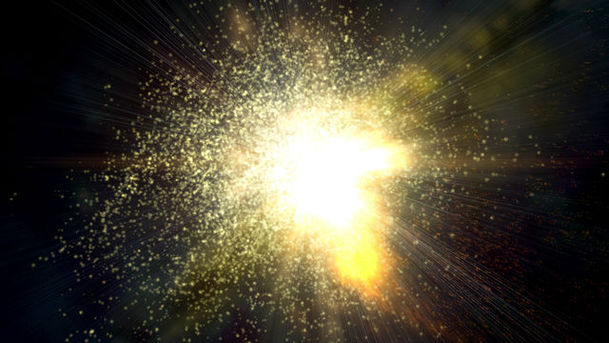Cosmic Quest - Squashed Stars and Black Holes

Heather Couper presents a narrative history of astronomy. As long ago as 1783, the rector of a small Yorkshire church suggested that the gravity of a very massive star might be strong enough to pull its light back and prevent it from shining. It was not until the 1930s, however, that Subramanyan Chandrasekhar suggested a mechanism through which such a star might form, and even then he was ridiculed by his peers. But the concept slowly gained ground, and in the late 1960s the first x-ray telescope in space pinpointed the first black hole to be discovered in orbit around a normal star. A black hole seems to defy notions of common sense and even of normal physics. Light, information and travellers would have no escape from its gravity. At its heart, matter and even space and time would be squashed out of existence. Yet there is a small theoretical chance that someone entering a spinning black hole might survive to emerge in another universe. Readers are Timothy West, Robin Sebastian, Julian Rhind-Tutt and John Palmer.